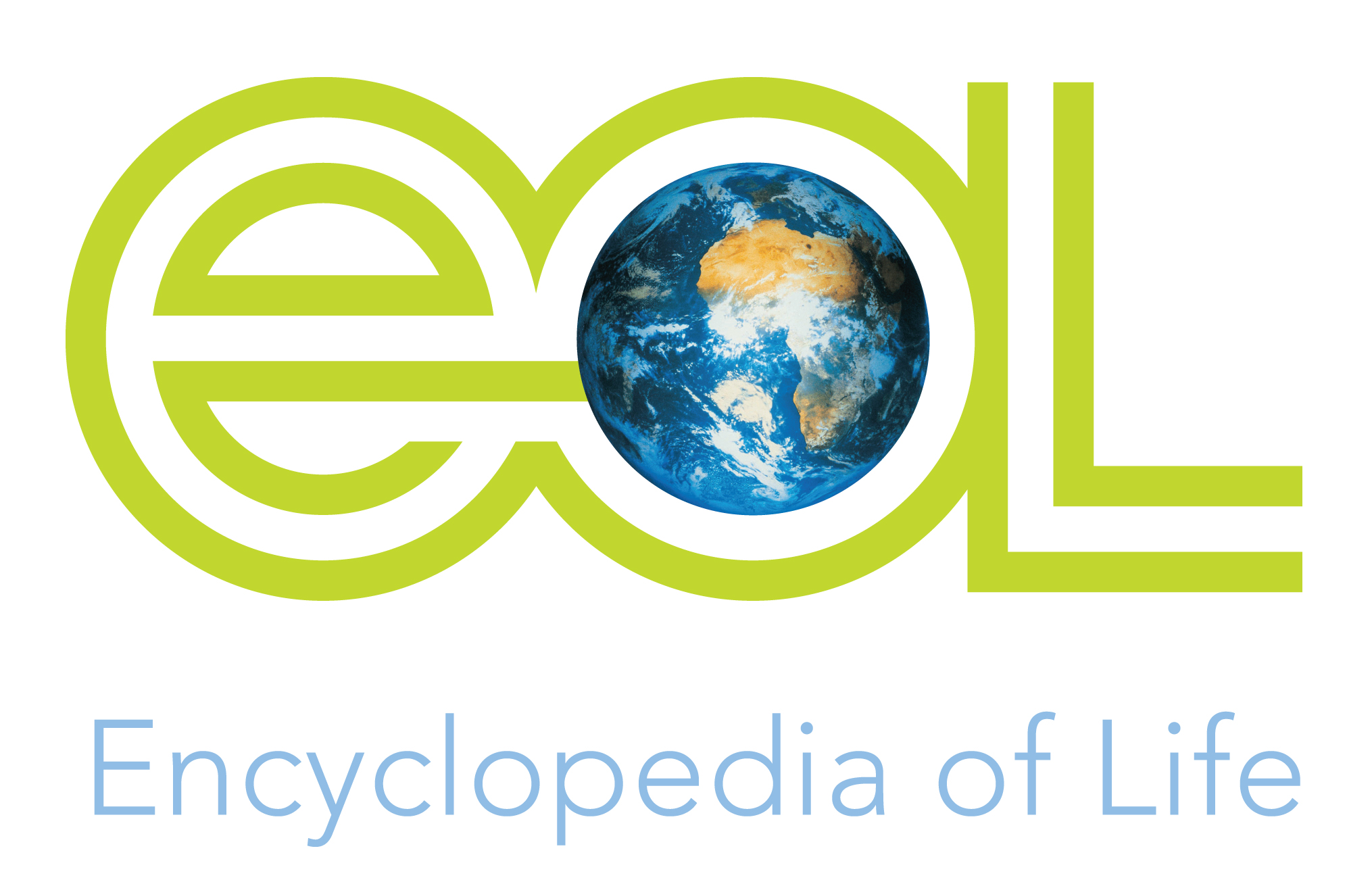diagnostics
61-66 cm, 1.6 kg. A large, robust, heavy-billed skua. Sexes alike although the females are slightly larger than males. Adult dark brown, variably mottled or streaked, especially on mantle, scapulars and flanks. Remiges blackish brown above, dark grey below. Outer 6-10 primaries have white shafts and bases forming a white flash on upper- and underwing. Underparts vary considerably in colour and markings: from uniform brown to extensively blonde-fringed. Bill blackish-grey. Eyes dark brown. Legs and feet blackish. Juvenile similar to adult but more uniform chocolate brown with smaller, more defined white ‘fingers' in the spread wing. Bill grey, tipped black (Wanless and Ryan 2005).
trophic
Birds on Marion Island breed in open territories (Cerfonteyn 2013), laying two eggs between October and December (Williams 1980). Fledglings leave their natal colonies for 3-4 years before returning to join non-breeding birds (immature and non-breeding adult birds) at so-called ‘club' sites (Burton 1968). A generation length of 17.1 years is provided by BirdLife International (2014). Skuas are adaptable and opportunistic predators that employ a variety of foraging methods to target a wide diversity of prey types (Cerfonteyn 2013). The Marion Island population's main sources of food are the penguin colonies as well as, to a lesser extent, burrowing petrels (Sinclair 1980). In addition, skuas from this population scavenge from carcasses of Elephant Seals Mirounga leonine, King Penguin Aptenodytes patagonicus, Southern Rockhopper Penguin Eudyptes chrysocome, Macaroni Penguin E. chrysolophus and Gentoo Penguin Pygoscelis papua (Ryan et al. 2009). In contrast, Prince Edward Island birds rely heavily on petrels which make up 96% of their diet (Ryan et al. 2009). Within South African waters, Subantarctic Skuas are predominantly scavengers, foraging amongst albatrosses and petrels behind trawlers (Sinclair 1978). They have also been recorded kleptoparasitising smaller seabirds, harassing them and forcing them to regurgitate (Sinclair 1978). At-sea diet includes fish, squid, crustaceans, molluscs and rarely, seabirds (Wanless and Ryan 2005).

